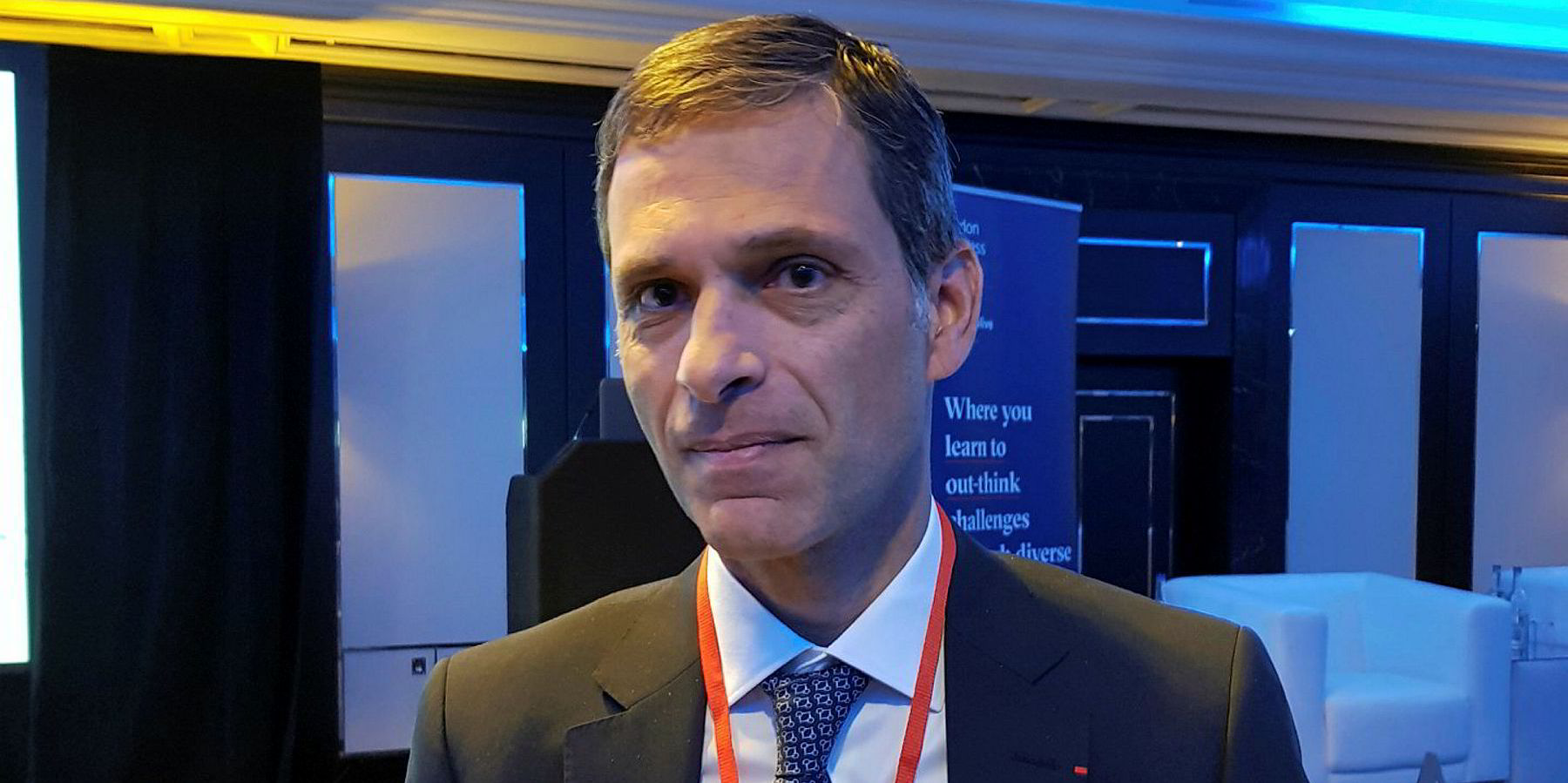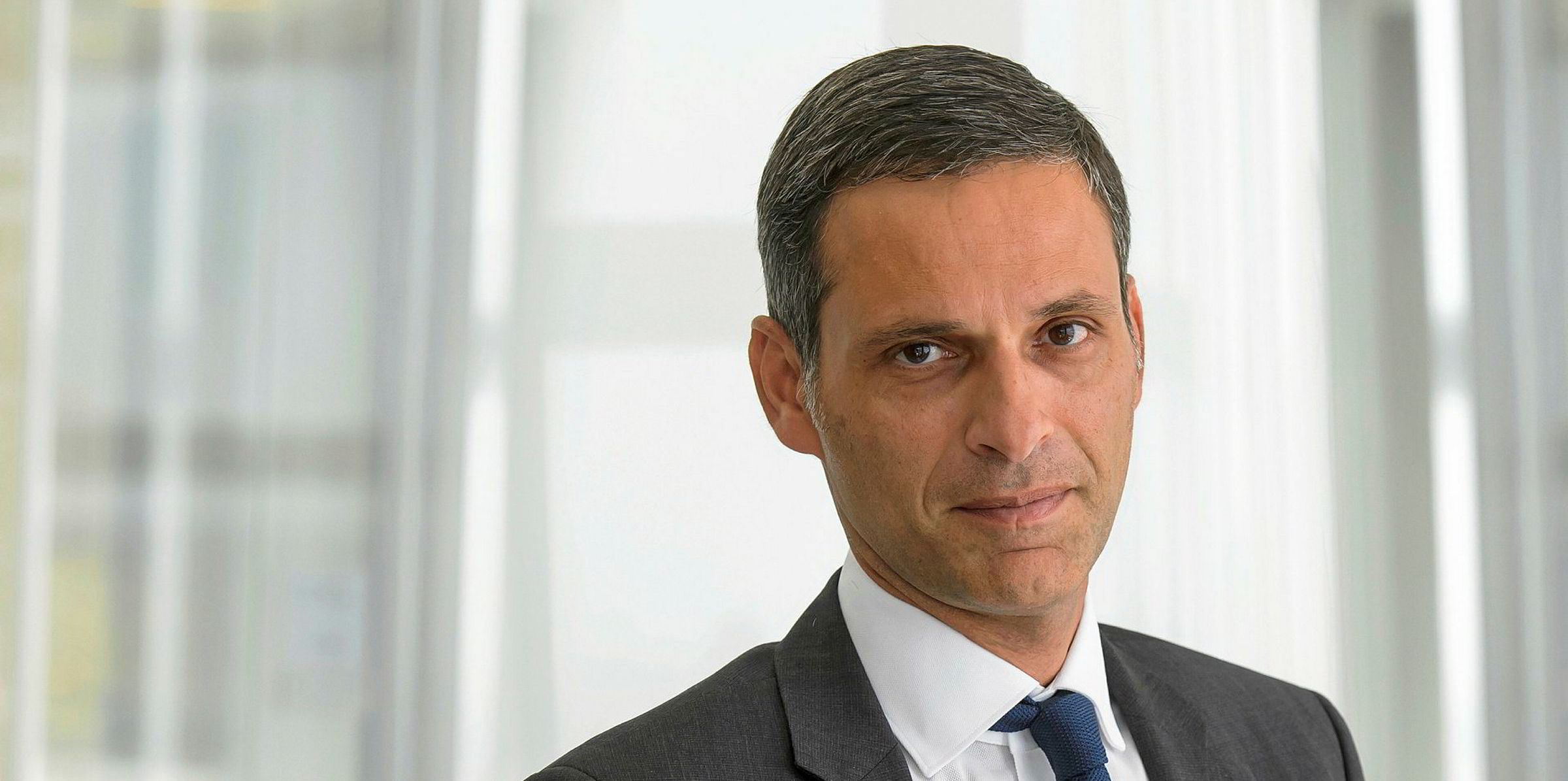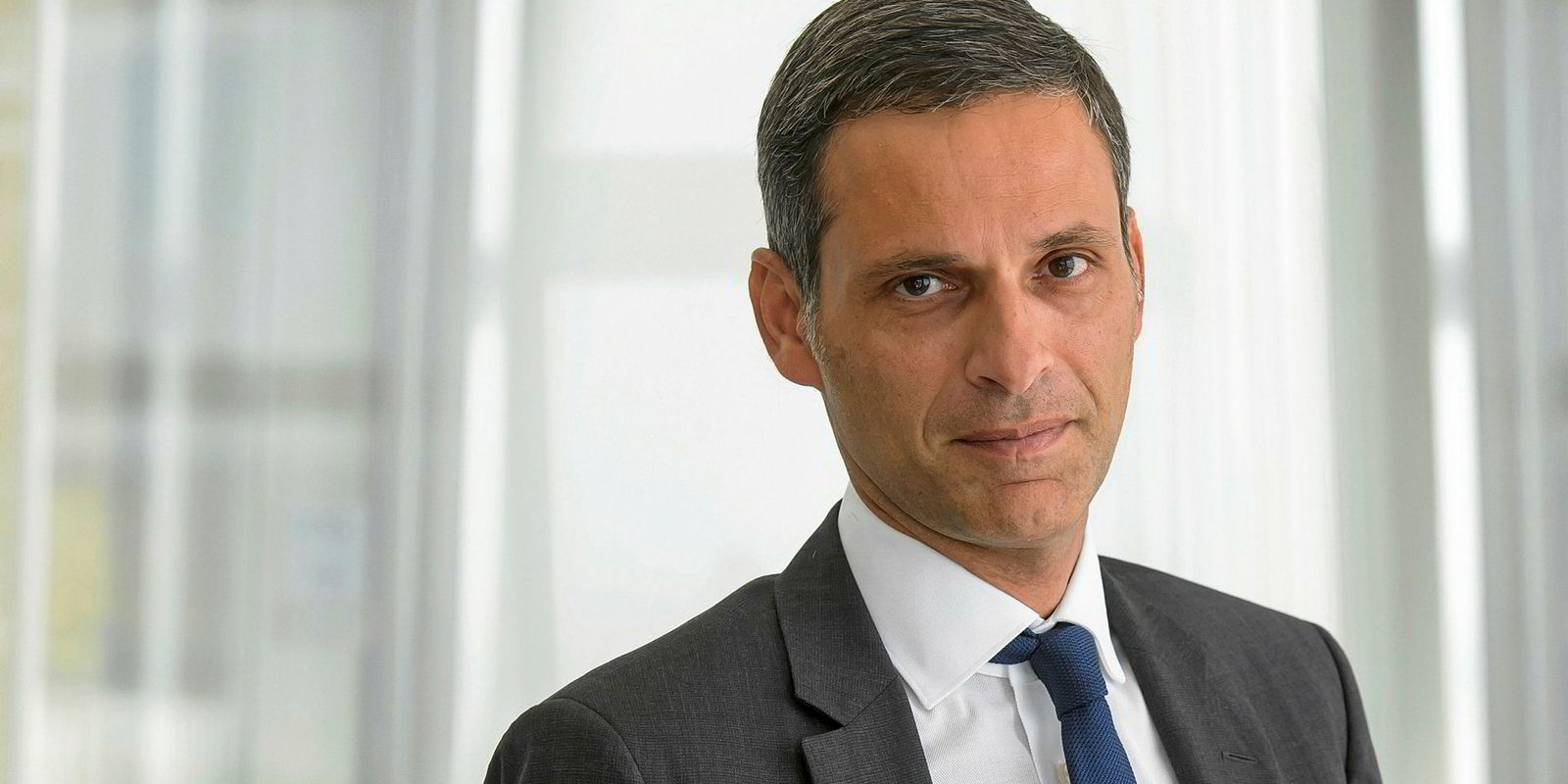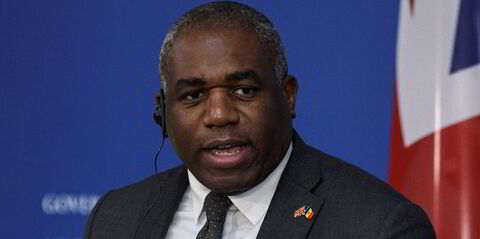Rival container lines will have to follow CMA CGM by investing in LNG propulsion systems because it is the technology of the future, according to Rodolphe Saade.
The French liner operator's chairman and chief executive said that other container shippers will have to consider LNG technology when ordering newbuildings.
“Scrubbers are for the short term. That is our thinking," Saade said. "Whereas LNG is the 'motorisation' for the future.”
CMA CGM bucked the trend among other liner operators in 2017 when it placed orders for nine 22,000-teu containerships with LNG technology.
It is expected to build on that by signing an order with CSSC (Hong Kong) Shipping Leasing for up to 10 containerships worth an about $1.2bn, to be split between Jiangnan Shipyard and Hudong-Zhonghua Shipbuilding (Group).
Five of those 15,000-teu vessels are expected to be dual-fuel ships with LNG power, and five will have scrubbers fitted.
“What we feel is that moving into LNG makes sense for the big ships,” said Saade, who would not comment on the anticipated order of more LNG-fuelled vessels.
“For the smaller ones, maybe you can go for scrubbers or you can buy expensive fuel.”
But the motivation of CMA CGM was “not to be number one” in LNG propulsion, but was based on environmental concerns, he said.
“We believe that we have to be very mindful of the planet," he said. "And in order to be focused on environmental issues as a shipping line, then LNG is the way forward."
“It would not be wise not to go in this direction."
The first of CMA CGM’s nine 22,000-teu vessels are under construction at Hudong-Zhonghua and Shanghai Waigaoqiao Shipbuilding for delivery early next year.
However, CMA CGM is also bracing for the impact of new regulations to reduce sulphur emissions coming into force in January.
The additional cost of low-sulphur fuel will cost the liner industry $15bn. About $2bn would be incurred by the CMA CGM Group, Saade said.
Shippers will have no choice but to pick up the bill and "we are explaining to our customers why they have to pay", he said.
"We are showing them examples, sharing notes with them, so they understand we are not coming up with a crazy number.”





